
Dish
Pan di Spagna
Pan di Spagna is made with just a few simple ingredients, including eggs, sugar, flour, and vanilla extract. The eggs are separated and the whites are whipped until they form stiff peaks. The sugar is then added and the mixture is whipped until it is glossy and forms soft peaks. The egg yolks are then added one at a time, followed by the flour and vanilla extract. The batter is then baked in a preheated oven until it is golden brown and has a slightly crispy exterior. The inside is light and airy, with a texture that is similar to a sponge. The flavor is sweet and vanilla-y, with a hint of citrus from the lemon zest that is added to the batter.
Origins and history
Pan di Spagna has its origins in the Genoa region of Italy, where it was created in the 16th century. The cake was originally made with just eggs and sugar, but over time, flour and other ingredients were added to create the light and airy texture that it is known for today.
Dietary considerations
Not suitable for those with egg allergies or who follow a vegan or gluten-free diet. Contains eggs and wheat flour.
Variations
There are many variations of Pan di Spagna, with some recipes calling for the addition of cocoa powder or almond flour for a slightly different flavor. Some recipes also use a combination of cake flour and all-purpose flour for a lighter texture.
Presentation and garnishing
When making Pan di Spagna, it is important to whip the egg whites until they form stiff peaks, as this is what gives the cake its light and airy texture. It is also important to sift the flour before adding it to the batter, as this helps to prevent lumps and ensures a smooth texture. To garnish, dust the cake with powdered sugar or top with fresh fruit.
Tips & Tricks
To prevent the cake from sticking to the pan, line the bottom with parchment paper and grease the sides with butter or cooking spray. To ensure that the cake rises evenly, avoid opening the oven door while it is baking. Once the cake is done, let it cool completely before removing it from the pan.
Side-dishes
Pan di Spagna can be served on its own or used as a base for other desserts such as tiramisu or strawberry shortcake. It pairs well with a variety of fruits and whipped cream.
Drink pairings
Pan di Spagna pairs well with coffee, tea, or a glass of sweet dessert wine such as Moscato d'Asti.
Delicious Pan di Spagna recipes
More dishes from this category... Browse all »

Ageeli
Yemeni cuisine

Agnello pasquale
Italian cuisine

Agnes Bernauer Torte
German cuisine

Amygdalopita
Greek cuisine
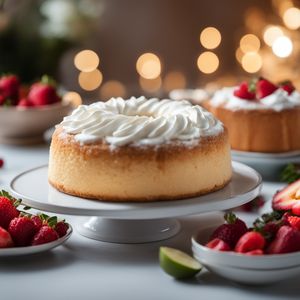
Angel Food Cake
American cuisine
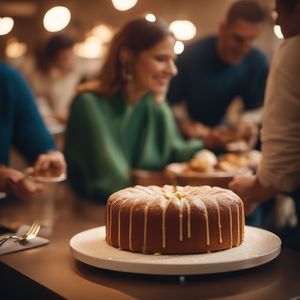
Apfelkuchen
German cuisine

Arnadí
Spanish cuisine
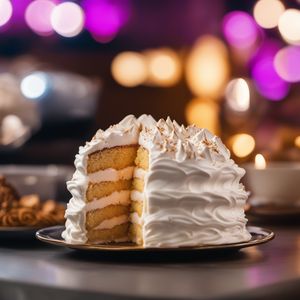
Baked Alaska
American cuisine
More cuisines from this region... Browse all »
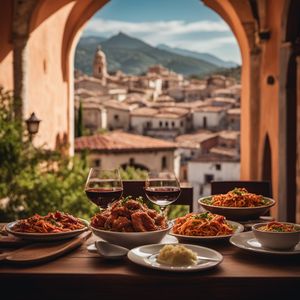
Abruzzese and Molisan cuisine
Savory, Earthy, Rustic, Hearty
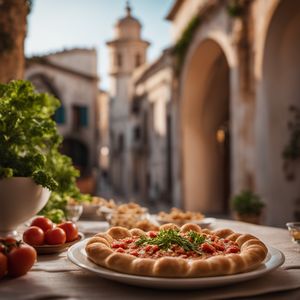
Apulian cuisine
Fresh, Savory, Rustic, Simple
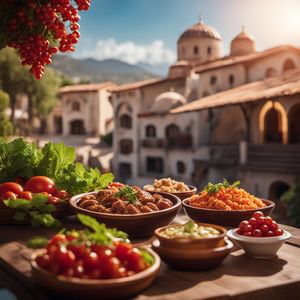
Arbëreshë cuisine
Savory, Tangy, Herbaceous, Spicy

Basilicatan (Lucanian) cuisine
Savory, Earthy, Rustic, Hearty
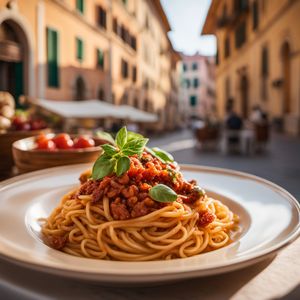
Ligurian cuisine
Light, Delicate, Herbaceous, Salty
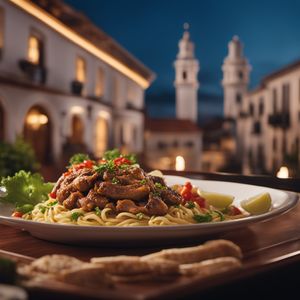
Lombard cuisine
Rich, Savory, Meaty, Cheesy

Neapolitan cuisine
Bold, Savory, Spicy, Tangy, Fresh

Roman cuisine
Fresh, Light, Herbaceous, Tangy, Savory

